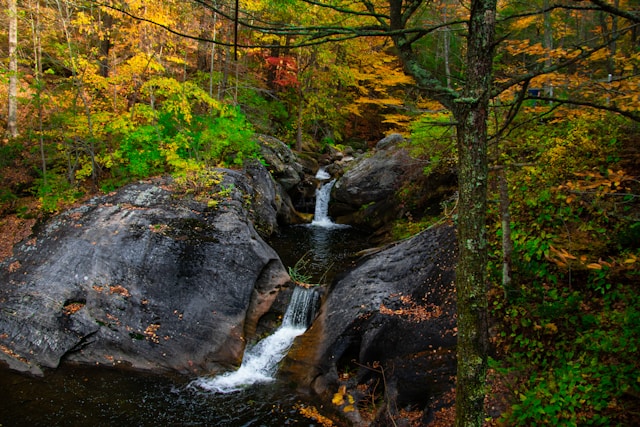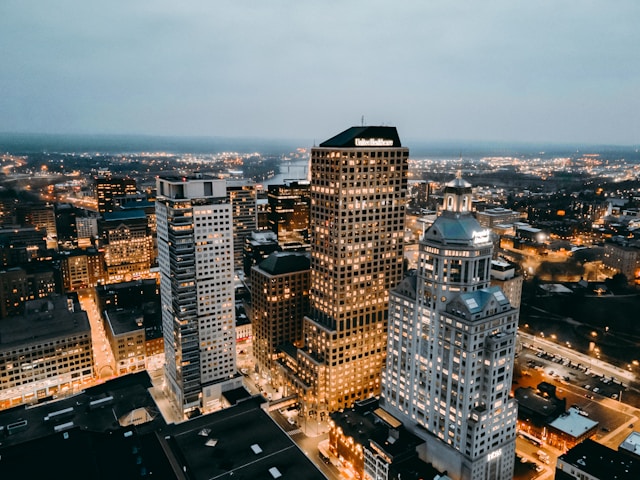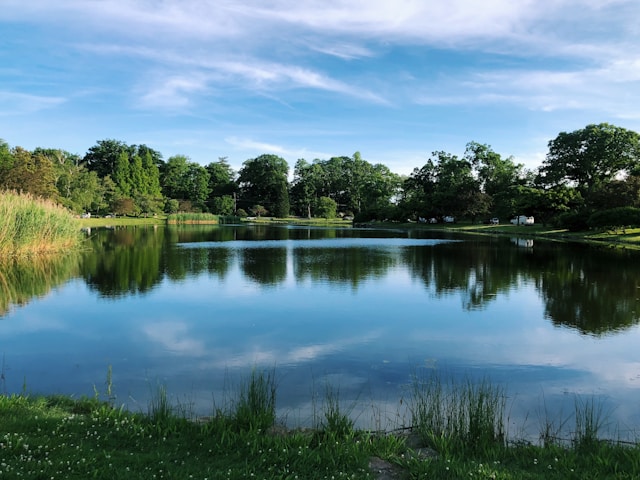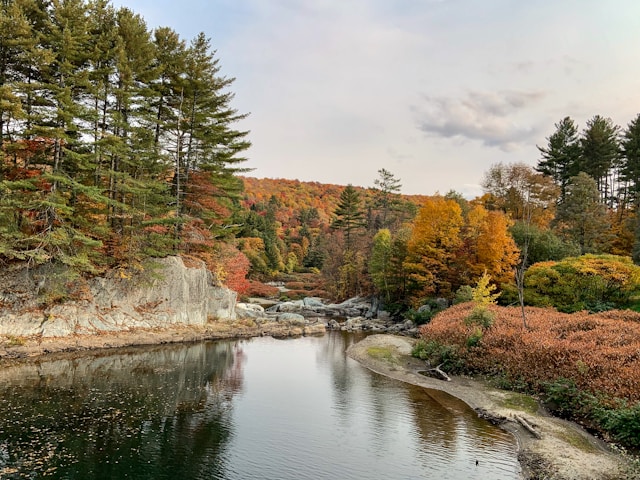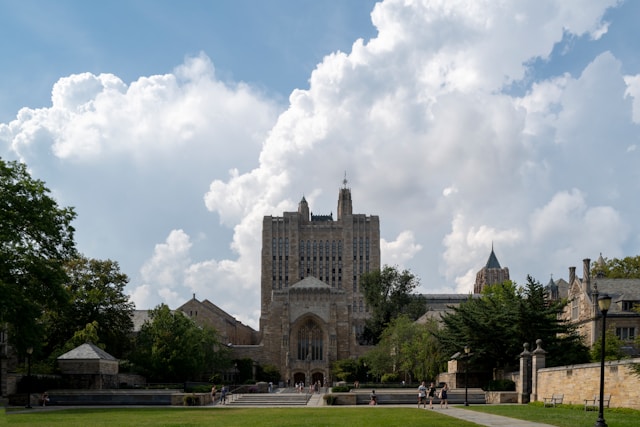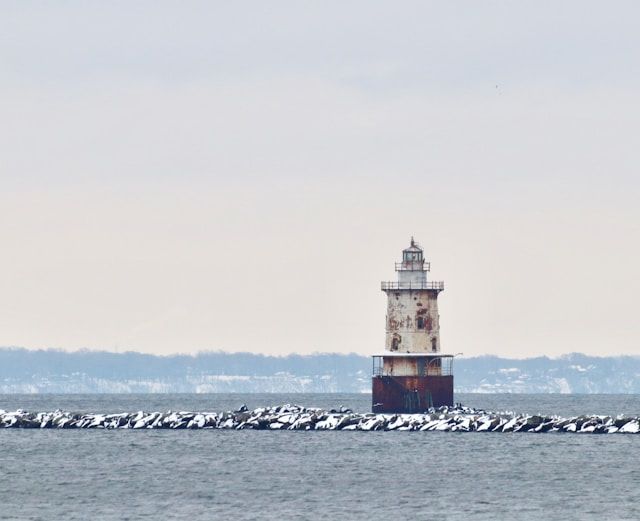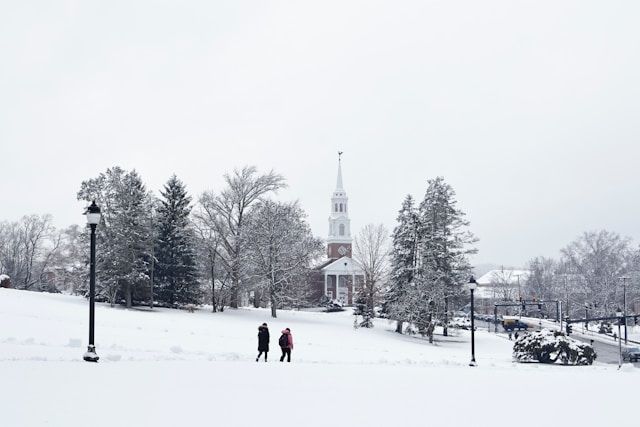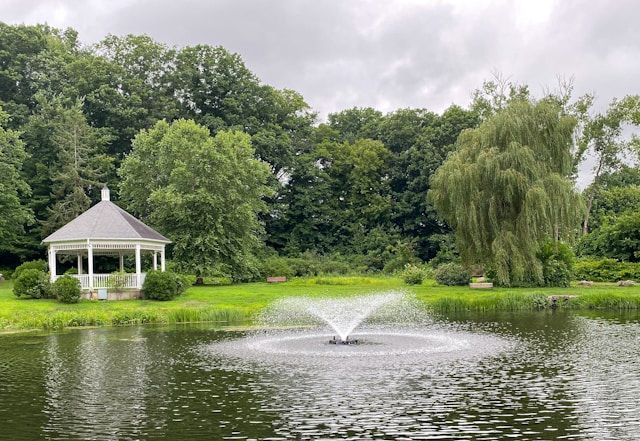Nestled along the Connecticut River, Essex is a charming town with a rich history that dates back centuries. Originally part of Saybrook and known as the Potapaug Quarter, Essex became its own town in 1852 and received its current name in 1854. Essex holds the rare distinction of being one of the few American towns ever invaded by a foreign power, making it part of an exclusive historical club that many visitors find surprising.
The town’s natural beauty belies its dramatic past, which includes the Great Connecticut River Flood of 1936 that completely inundated the waterfront properties. Today, Essex consists of three villages: Essex Village, Centerbrook, and Ivoryton, which were incorporated together in 1859. The riverside location has shaped both the town’s economy and character throughout its development.
Get a discount of 15% to 70% on accommodation in Connecticut! Look for deals here:
Connecticut Hotels, Apartments, B&Bs
Walking through Essex today, visitors can still feel the echoes of history while enjoying the quintessential New England atmosphere. From its maritime heritage to the beautiful architecture that tells stories of prosperity and challenge, Essex offers a fascinating glimpse into Connecticut’s past that rewards those who take the time to explore its historic streets and waterfront.
Historical Development of Essex
Essex‘s rich history spans from indigenous settlements to European colonization and maritime prowess, with pivotal moments during America’s early conflicts that shaped its identity as a Connecticut River town.
Native American Roots and European Settlement
Long before European settlers arrived, the area now known as Essex was home to indigenous peoples, primarily the Potapaug tribe. These Native Americans lived along the fertile Connecticut River valley, utilizing the abundant natural resources for fishing, hunting, and agriculture.
European contact began in the 1600s when Dutch explorers first navigated the Connecticut River. However, it was the English who established permanent settlements in the region around 1635.
The land that would become Essex was originally part of the Potapaug Quarter, a name derived from the Native American term for the area. Early colonists valued the location for its access to the river, which provided transportation and sustenance.
Indigenous influence remains visible in place names and archaeological sites throughout the region, though most Native Americans were displaced as European settlement expanded.
Saybrook Colony and Essex Establishment
Essex began as part of the Saybrook Colony, one of Connecticut’s earliest English settlements established in 1635. The colony was named after Viscount Saye and Sele and Lord Brooke, influential English nobles who financed the settlement.
The Potapaug Quarter remained part of Saybrook until 1852, when Essex was officially incorporated as an independent town. This separation reflected the growing economic and social independence of the area.
Essex developed three distinct villages over time:
- Centerbrook: The inland manufacturing center
- Essex Village: The maritime hub along the river
- Ivoryton: Developed later around ivory processing
Each village maintained its unique character while contributing to the town’s overall development. Local governance evolved from colonial systems to town meetings, establishing Essex’s independent civic identity.
Shipbuilding Era and Maritime Heritage
Shipbuilding emerged as Essex’s economic cornerstone during the 18th and 19th centuries. The town’s strategic location on the Connecticut River provided ideal conditions for what would become a thriving maritime industry.
Essex craftsmen built over 600 vessels including schooners, sloops, and fishing boats. The Connecticut River Museum preserves this shipbuilding legacy through artifacts and exhibits celebrating this era.
Notable achievements include:
- Construction of the Oliver Cromwell, Connecticut’s first warship
- Development of specialized vessels for coastal and international trade
- Innovation in shipbuilding techniques and designs
The maritime economy extended beyond shipbuilding to include fishing, trade, and transportation. Sea captains built elegant homes along Main Street, many of which still stand today as testament to this prosperous period.
Shipyards provided employment for generations of Essex residents, creating a strong maritime culture that influenced everything from local architecture to social customs.
Significance in the Revolutionary War and War of 1812
Essex played crucial roles in America’s early conflicts. During the Revolutionary War, the town contributed vessels, supplies, and manpower to the colonial cause, with local shipyards producing military vessels including the Oliver Cromwell.
The town’s most dramatic historical moment came during the War of 1812 when British forces launched a surprise attack. On April 8, 1814, a British raiding force sailed upriver and destroyed numerous vessels in what became known as the “Great Ship Burning.”
The raiders faced resistance from local militia who attempted to defend the town with cannon fire, but ultimately 28 ships were burned. This represented the largest single maritime loss of the war, with damages totaling around $200,000 (about $3 million today).
The Connecticut River Museum now celebrates this event as “the town’s worst day in history” through annual commemorations and exhibits highlighting Essex’s wartime experience.
Cultural and Heritage Sites
Essex, Connecticut showcases a rich tapestry of historical landmarks and cultural institutions that reflect its maritime heritage and artistic traditions. These significant sites preserve the town’s unique character while offering visitors a glimpse into its storied past.
Essex Village and Main Street Historic District
The picturesque Essex Village Historic District captivates visitors with its well-preserved Colonial and Federal-style architecture. Dating back to the 18th century, this charming area features over 225 historic structures along tree-lined streets.
Main Street presents a delightful collection of historic homes, boutique shops, and restaurants housed in buildings that tell the story of Essex’s evolution. The stately Congregational Church, with its prominent white steeple, stands as a focal point of the village since 1846.
Walking tours through the district reveal fascinating details about the town’s shipbuilding era and commercial growth. The Falls River, which flows through Essex Village before joining the Connecticut River, powered the area’s early industries.
The Connecticut River Museum
Housed in a distinctive 1878 steamboat warehouse at Potapoug Point, the Connecticut River Museum celebrates the region’s maritime heritage. The museum’s exhibits chronicle 300 years of river history through interactive displays and artifacts.
Visitors can explore the full-scale replica of the Turtle, America’s first submarine used during the Revolutionary War. The museum’s collection includes vintage vessels, maritime art, and tools that showcase the river’s importance to transportation and commerce.
Seasonal boat tours depart from the museum’s dock, offering stunning views of the Connecticut River and surrounding landscapes. Educational programs engage all ages in learning about river ecology and the vital relationship between Essex and its waterways.
Arts and Theater in Essex: Ivoryton Playhouse
The historic Ivoryton Playhouse stands as one of the oldest continuously operating summer theaters in America. Built in 1911 as a recreation hall for factory workers, this charming venue evolved into a renowned theater that has hosted countless celebrated actors.
The playhouse presents a year-round schedule of professional productions, from Broadway hits to original works. Its intimate setting with just 291 seats ensures an immersive theatrical experience for all attendees.
Beyond performances, the Ivoryton Playhouse Foundation offers educational programs and community events. The playhouse represents Essex’s cultural vibrancy and complements the town’s artistic community, which includes galleries, craft shops, and music venues.
Get a discount of 15% to 70% on accommodation in Connecticut! Look for deals here:
Connecticut Hotels, Apartments, B&Bs

